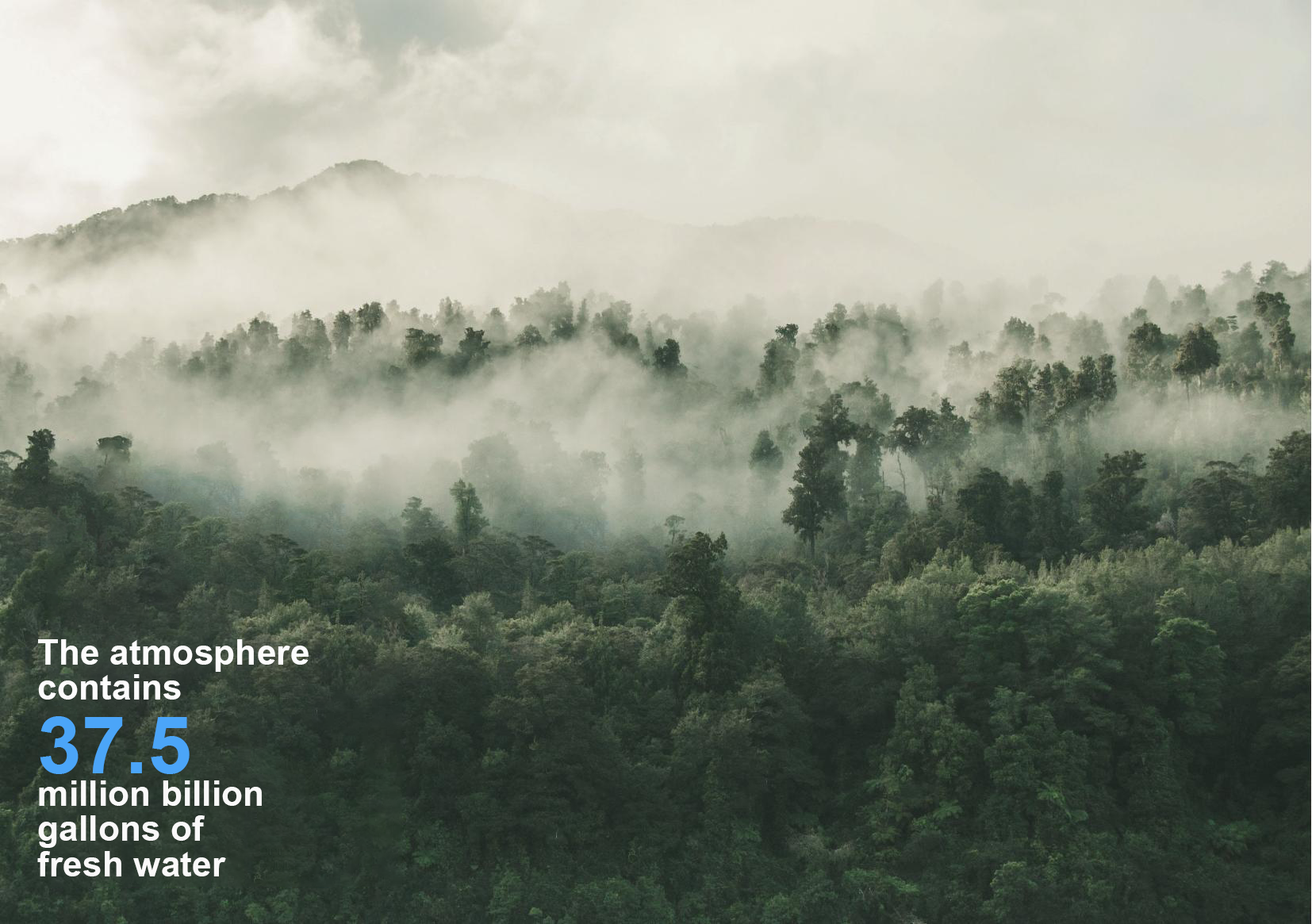How do you collect water from the air?
release time:
2023-09-07
Collecting water from the air, a process known as atmospheric water harvesting or simply "water harvesting," involves using various technologies to condense and capture water vapor present in the atmosphere. This can be a valuable source of clean drinking water, especially in areas with limited access to fresh water.

Collecting water from the air, a process known as atmospheric water harvesting or simply "water harvesting," involves using various technologies to condense and capture water vapor present in the atmosphere. This can be a valuable source of clean drinking water, especially in areas with limited access to fresh water. Here are a few common methods for collecting water from the air:
Dehumidification: Dehumidifiers are household appliances that work by drawing in warm, humid air and cooling it. As the air cools, it loses its capacity to hold moisture, leading to condensation. The condensed water droplets are collected in a reservoir. While dehumidifiers are not typically designed for large-scale water harvesting, they can be used to extract small amounts of water from the air in homes or other indoor spaces.
Fog Nets: Fog nets or fog collectors are mesh-like structures erected in areas where fog is prevalent, such as coastal or mountainous regions. These nets capture tiny water droplets suspended in fog. Over time, the droplets accumulate and trickle down to a collection point, where the harvested water can be gathered and used.
Desalination: Atmospheric water generators (AWGs) use a process similar to dehumidification but are designed for larger-scale water production. They pull in air and pass it through a cooling system, causing water vapor to condense into liquid form. The resulting water is then purified to remove impurities and minerals, yielding clean drinking water.
Solar-Powered Devices: Some water harvesting systems are designed to be powered by solar energy. Solar stills, for example, use sunlight to heat a surface, which in turn causes water to evaporate and condense on a cooler surface, where it can be collected.
Cooling Towers: Large-scale cooling towers, often seen in industrial settings, use a similar principle to atmospheric water generators. Warm air is drawn through a cooling system, causing condensation of water vapor, which is then collected and used for various purposes.
Dew Collection: In arid regions, dew collection can be an effective method of harvesting water. It involves exposing surfaces, such as metal sheets or plastic film, to the night air when temperatures drop and dew forms. Water droplets condense on these surfaces and can be collected in containers.
Aerogel-Based Materials: Researchers are exploring innovative materials like hydrophobic aerogels that can capture and retain water vapor from the air. These materials can absorb water vapor and then release it when heated, offering a potential solution for water harvesting in arid regions.
It's important to note that the effectiveness of these methods can vary depending on factors such as local climate, humidity levels, and the specific technology used. While atmospheric water harvesting can provide a source of clean water in water-scarce areas, it may not be a practical solution in all environments, and the energy requirements for some systems can be a consideration.

HAYPOL
Add:Building 5, Koneng Industrial Park, No.39 Zhenghe South Road, New Town Community, Leliu Street, Shunde District, Foshan City, Guangdong Province, China
Tel: 400-8642-688 / 0757-22394710
Cell / Whatsapp :+86 13794052160


 haypol@haypol.com
haypol@haypol.com

 +8613794052160
+8613794052160